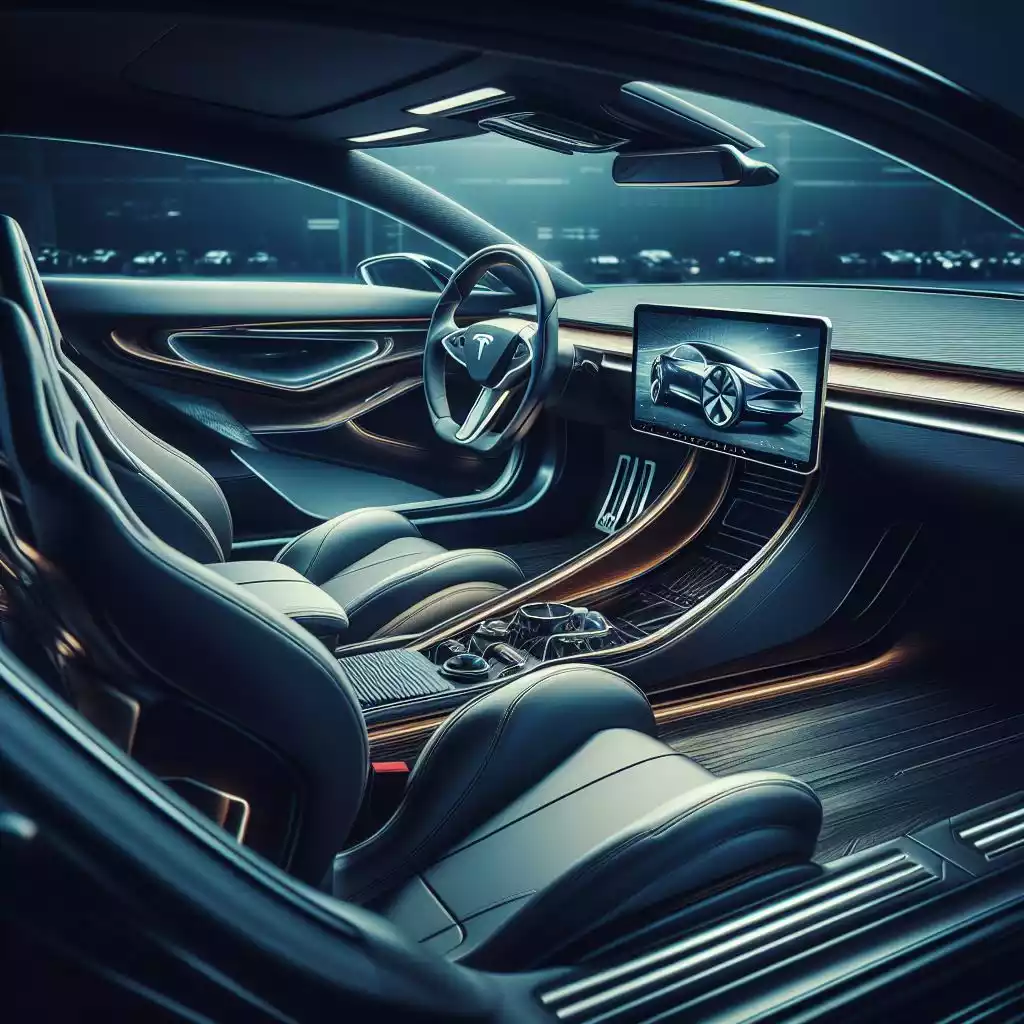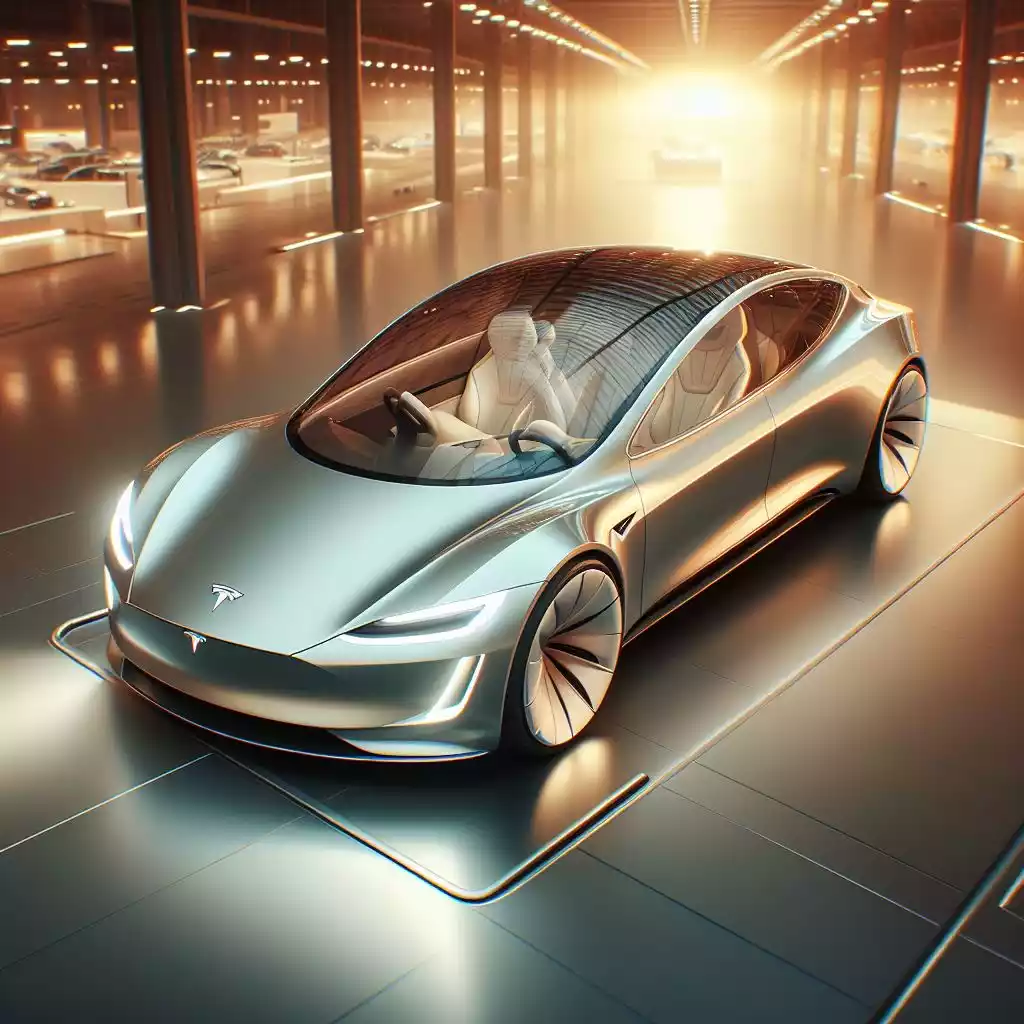Introduction
An automobile, also known as a car or motorcar, is a four-wheeled vehicle designed primarily for passenger transportation. These remarkable machines have revolutionized the way we move, connect, and explore the world. In this article, we’ll explore the history, industry, design, and impact of automobiles.
Origins and Evolution
Early Days
The journey of the automobile began in the late 19th century. Pioneers like Bertha Benz (wife of inventor Karl Benz) played a crucial role. In 1888, Bertha embarked on the world’s first long-distance car trip, covering over 60 miles in her husband’s three-wheeled Benz Patent-Motorwagen. Her daring adventure showcased the potential of this new invention.
Mass Production and Henry Ford
Enter Henry Ford, the visionary behind the assembly line and mass production. In 1908, Ford introduced the iconic Model T, making cars accessible to the masses. The Model T’s affordability and reliability transformed the automobile industry. Suddenly, families could travel farther and faster than ever before.
Automotive Design
Automotive design is a blend of engineering, aesthetics, and functionality. Modern cars are intricate systems with thousands of components. Breakthroughs in technology, such as electronic computers, high-strength plastics, and advanced alloys, have shaped their evolution. Safety features, fuel efficiency, and aerodynamics are key considerations.

Industry and Global Impact
The Global Fleet
Today, approximately 1.4 billion passenger cars operate worldwide. The United States alone accounts for about a quarter of this staggering number, covering over three trillion miles annually. Foreign manufacturers contribute significantly, offering diverse models to American consumers.
Technological Advances
Manufacturers continually introduce new designs, capitalizing on proprietary technological advances. From electric vehicles (like the Tesla Model Y) to autonomous cars, the industry is in constant motion. Innovations in safety, comfort, and sustainability drive this evolution.
Environmental and Social Considerations
Environmental Impact
As the automobile industry grows, environmental concerns come to the forefront. Air pollution, greenhouse gas emissions, and resource consumption pose challenges. The shift toward electric and hybrid vehicles aims to mitigate these effects.
Social Mobility
Cars represent more than just transportation; they symbolize freedom, status, and mobility. They connect people, cultures, and economies. Whether commuting to work, embarking on a road trip, or simply enjoying a Sunday drive, cars are woven into the fabric of our lives.
Conclusion
The automobile has come a long way since Bertha Benz’s historic journey. From the roaring engines of classic muscle cars to the whisper-quiet hum of electric vehicles, each automobile tells a story. As technology advances and societal needs evolve, the future promises even more exciting chapters in this remarkable saga.
So next time you buckle up and hit the road, remember that you’re part of an ongoing automotive adventure—one that continues to shape our world.
References:
- Britannica: Automobile Definition, History, Industry, Design, & Facts
- Wikipedia: History of the Automobile
- History.com: Automobiles
